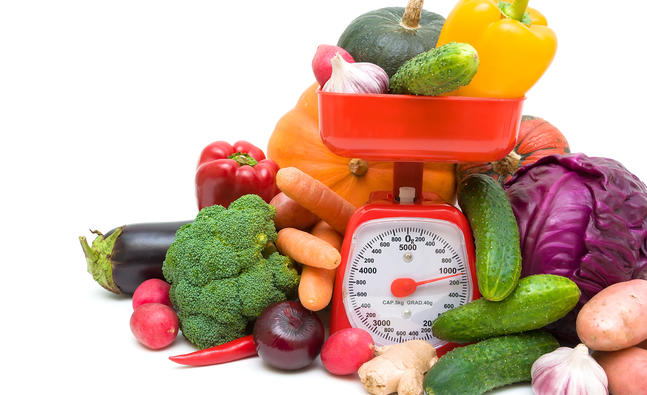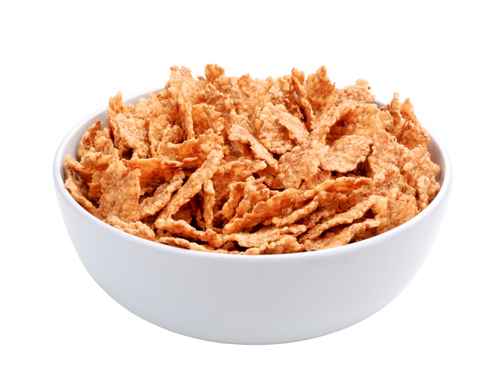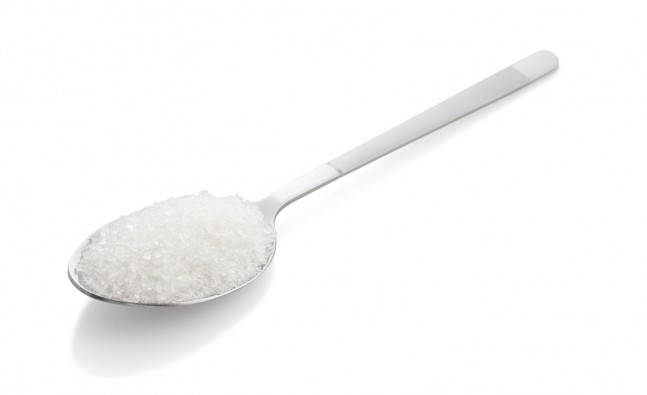WTF Is the Pegan Diet—And Can It Help You Slim Down?
From ligers to the Prius, one thing's clear: Hybrids can be a beautiful thing. That's the idea behind the pegan diet, a mix of the popular Paleo and vegan eating plans. "If followed correctly, the pegan diet can be another way to eat healthily while cutting out sugar and processed foods," says Pam Bede, R.D., sports dietitian for Abbott’s EAS Sports Nutrition. But can it help you lose weight, too? Get all the details on what the pegan diet is and whether it's right for you.

In basic terms, the pegan plan is a leaner version of Paleo, with an even bigger emphasis on vegetables. Like the Paleo and vegan diets, it's centered on whole, fresh, sustainable foods, like vegetables and healthy fats—but it also includes some meat and animal products, says Brigitte Zeitlin, M.P.H., R.D., a dietitian at B Nutritious.
RELATED: What's Up with The High-Fat Diet Trend—And Does It Work?
An ideal pegan plate contains foods that fall somwhere between 55 and 69 on the glycemic index, which is just a fancy way to measure how likely a food is to make your blood sugar spike and lead to an energy-sapping crash, says Zeitlin. Besides being blood-sugar friendly, pegans follow a fairly strict list of foods they can and cannot eat. Here are the details:
Plants: A majority of the pegan diet consists of fruits and veggies, like apples, grapefruit, and peaches, along with pretty much every vegetable—as long as it's within or below the 55 to 69 glycemic index range, says Zeitlin. You can check out the Harvard Medical School's list of foods' ranking on the glycemic index to see if your favorite produce makes the cut.
Protein: Roughly 25 percent of a pegan diet contains lean animal protein, such as chicken, eggs, fish, and lean beef. As a nod to its Paleo heritage, that protein should be grass-fed and free of antibiotics.
Fats and grains: Heart-healthy fats like avocado, olive oil, and most nuts are good to go, says Zeitlin. And whole grains like oats, quinoa, amaranth, millet, and wild rice are also up for noshing.
Dairy, sugar, soy, and legumes: If you're following the pegan diet to a T, you can forget about yogurt, granola, edamame, and peanuts, says Zeitlin. These foods are all off limits because they can be hard to break down, which can cause gas, bloating, and sometimes constipation, she says.
Gluten: The only grains pegans avoid are ones that contain gluten—so any form of wheat is off limits. That includes varieties like spelt, semolina, barley, and rye.
Some veggies: Sadly, beets, pumpkins, sweet potatoes, regular potatoes, and parsnips are too high on the glycemic index for this diet, says Zeitlin.

Thanks to fiber-packed vegetables and satiating fats, you may feel fuller longer while eating pegan-style, which can help you lose weight, says Bede. That's because you'll feel less inclined to fill up on sugary treats that make your blood sugar surge and crash, she says. Plus, you can eat a ton of vegetables without overdoing it calorie-wise, and those fiber-rich snacks help quiet hunger pangs. Peace out, cravings.
Obviously, a diet high in veggies can be great for your waistline, but many vegans fall into the trap of craving and eating too many carbohydrates. "Carb cravings are often the result of your body wanting the glucose boost that comes with blood sugar-spiking foods like cookies and cake," says Zeitlin. However, the extra protein you'll also be eating can help nix that issue by providing extra energy.
Ultimately, increasing your protein and fiber intake while eliminating sugar and processed foods are all lifestyle changes that will lead to weight loss and improved health, says Zeitlin.
RELATED: Is THIS The Best Diet for Weight Loss?
But before you start priming yourself (and your grocery list) for this trendy eating strategy, you should know that you might feel highly restricted when you get started, says Bede. She says she wouldn't recommend it to athletes or super active people because they might accidentally skimp on workout-boosting protein, calcium, and iron or other nutrients you need to keep your body running at its peak.
For example, slashing dairy can deprive you of so much calcium and vitamin D that you'll probably need vitamin supplements to meet your body's needs, says Bede.
Banishing legumes (like peanuts and beans) from your life can keep you from getting enough muscle-building protein and energizing iron—and that can be a problem if you're clocking in lots of workouts. You may find that limiting your animal protein intake to roughly 25 percent of your total diet makes you super sluggish at the gym since your body needs the iron from those foods for energy.
RELATED: I'm Sticking to My Diet Perfectly—So How Come I'm Not Losing Weight?
At the end of the day, this is an elimination diet, and restrictions can be, well, restrictive, says Zeitlin. Ultimately, she recommends customizing the diet to your needs if you're going to give it a try. "One size does not have to fit all," she says. "Beans are a nice source of protein and fiber in the same package, so add them in if you like them." Or if almond butter pales in comparison to your precious jar of PB, keep on trucking with an organic variety, which comes without hydrogenated oils, added sugar, and sodium. If you follow the fundamentals of the pegan diet (like cutting way back on sugar and eating more veggies and lean protein) but customize it slightly, it's more likely that you'll actually lose weight and be able to stick with it, says Zeitlin.
-
Include salmon in your weight loss diet
-
Fashionable Nutrition Myths: Limited calories will speed up weight loss
-
Stay motivated for your next workout
-
How Black Coffee Helps In Weight Loss?
Do you know that Black Coffee, which has always been a favourite bever
-
Tips for a balanced diet and weight loss plan: Shhhh … Don’t tell THEM
-
Losing weight: Cutting calories vs exercising
- DON'T MISS
- Brown rice is better than white for weight loss
- Quick tips for WEIGHT LOSS: Always carry (dietary) protection
- Dilute calories to limit weight gain
- Burn by bicycling!
- 5 Ways to Lose 5 Pounds—From the Guy Who Gets A-Listers in Shape
- Is It Better to Have One Daily Treat or an Entire Cheat Day While Dieting?
- WHAT TO EAT TO LOSE WEIGHT? 10 HEALTHY EATING TIPS
- The real reason why losing weight is so hard
- Focus on your own weight loss
- How does salt affect weight?




